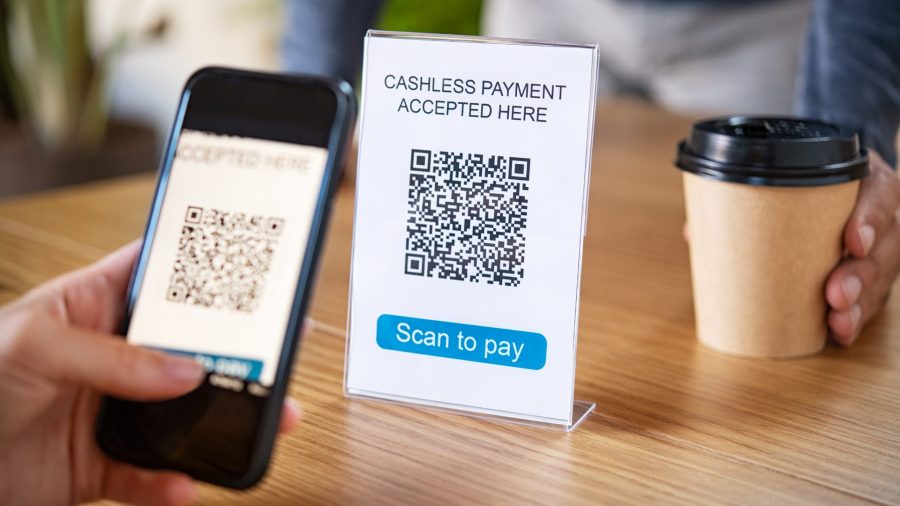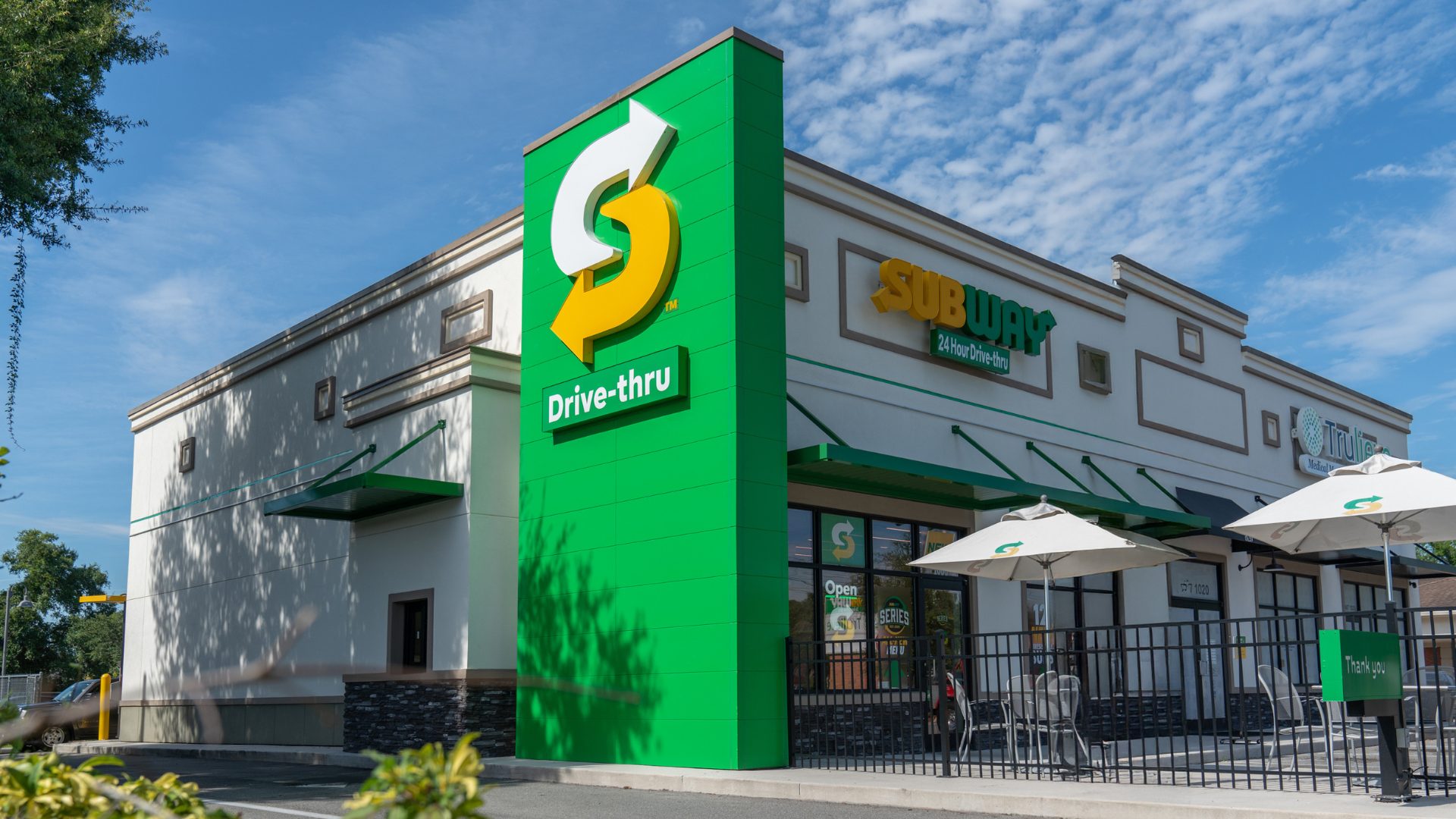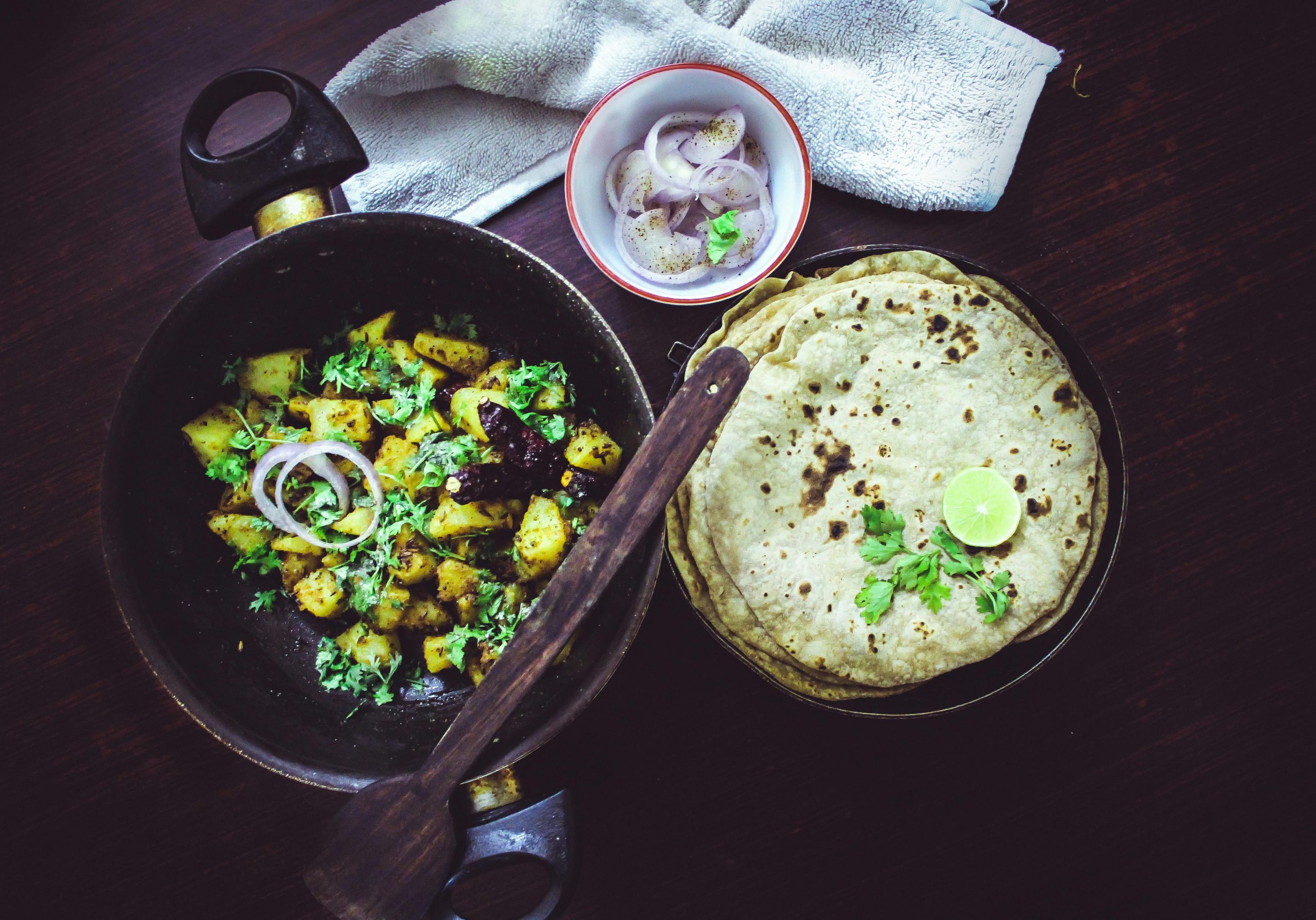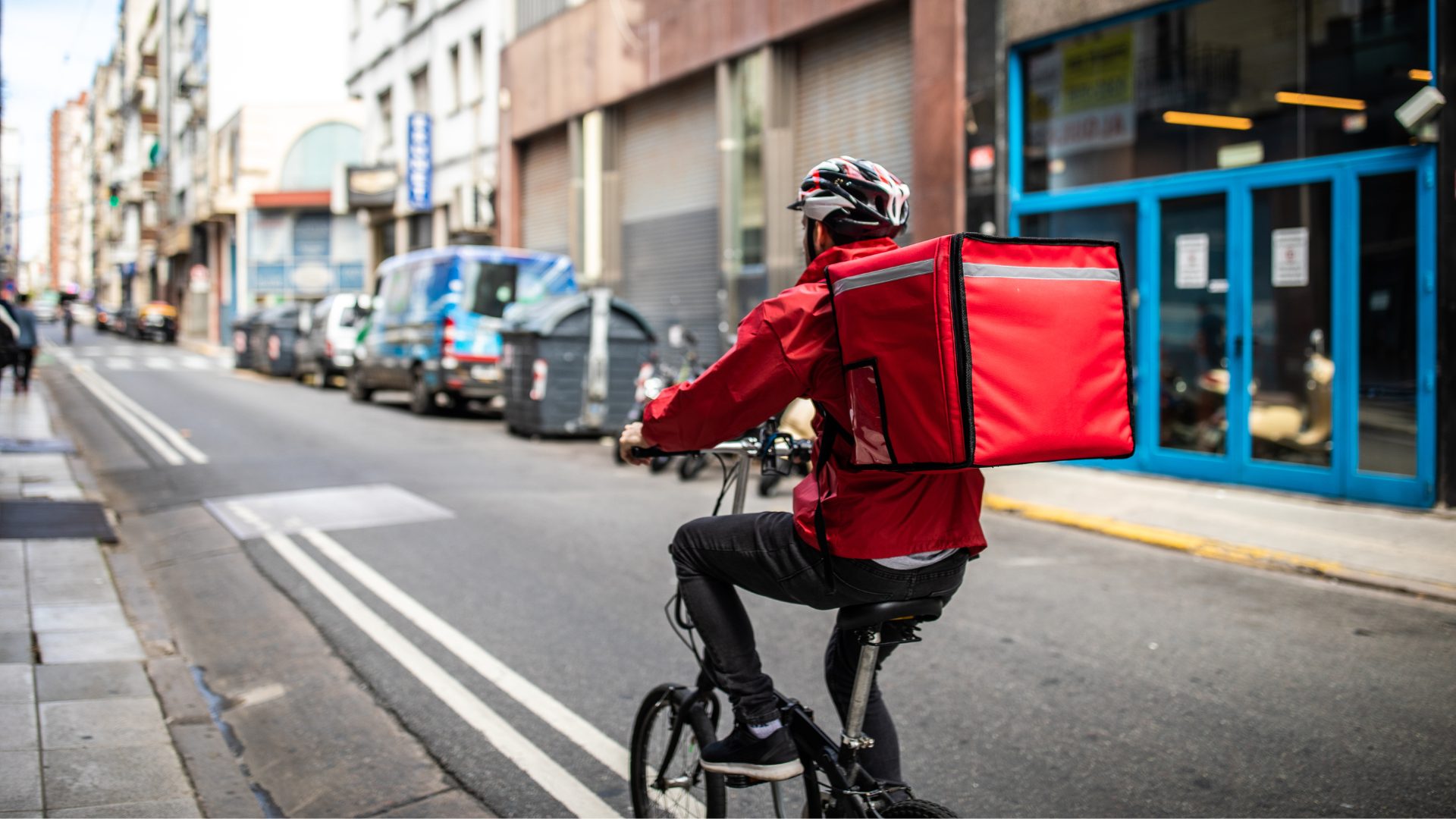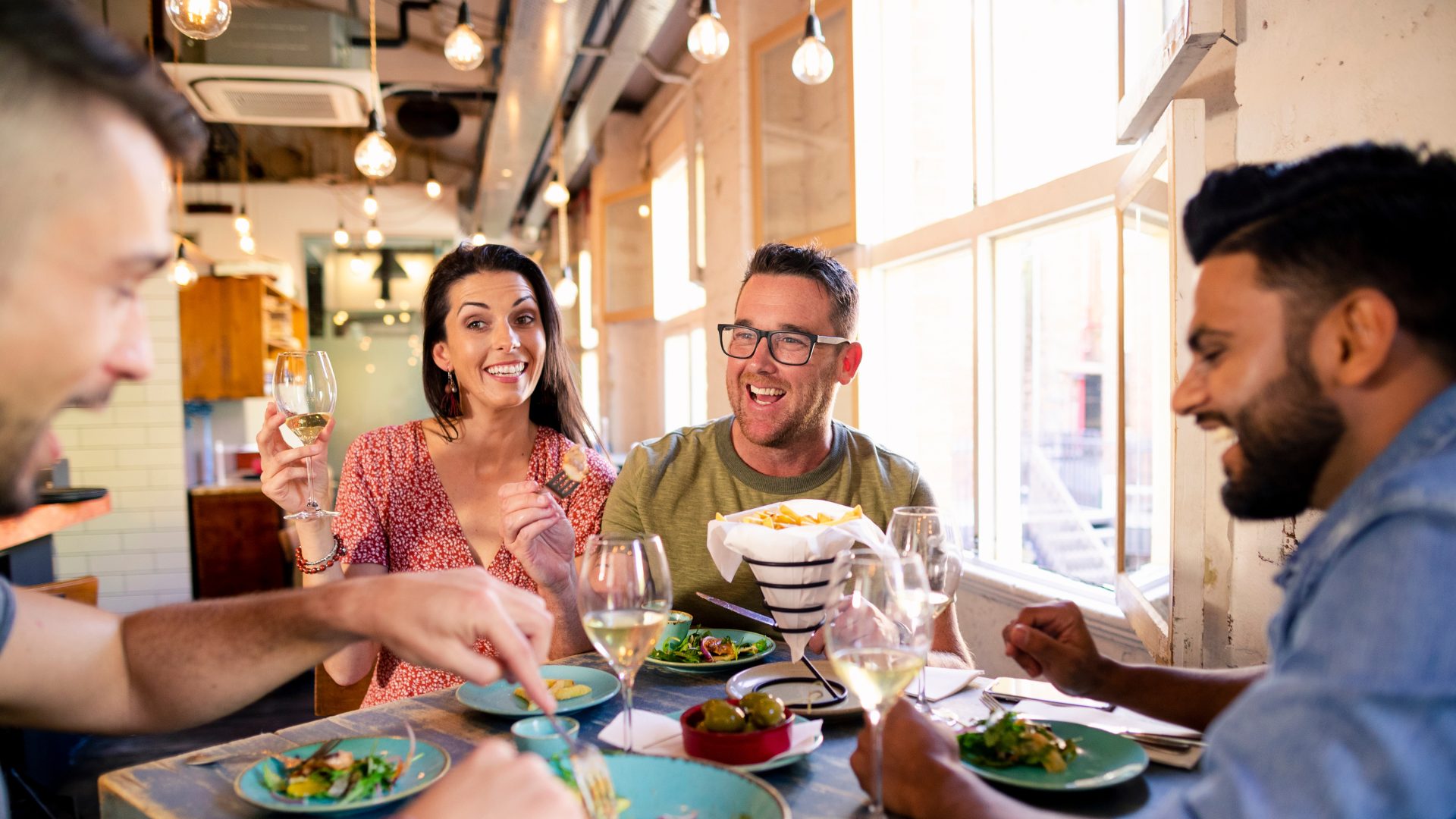One of the lasting pandemic-related changes in consumer behavior could be the adoption of the QR code, according to a new FoodBytes report from Datassential.
A year ago, just a quarter of consumers had encountered a QR code at a restaurant. Today, that number is more than 50%, showcasing the meteoric rebirth of the technology.
First introduced in 1994, the QR (or quick response) code was seen by many analysts as a niche or fading technology before the COVID-19 pandemic. After the virus reached U.S. shores, restaurants and grocery stores saw the business case for adopting the hands-free technology once again.
Demographic Differences
Datassential noted younger consumers were more familiar with the technology, and that food companies focused on Gen X, Millennials, and Gen Z should be looking at how QR technology could be incorporated to reach them.
Gen Z was the most open to the technology, with 68% of the cohort saying they’ve used a QR code to pull up a menu at a restaurant. That’s compared to 49% of the overall population. Millennials were also very supportive of the technology, with 78% reporting they like using them to bring up menus.
Boomers, however, only increased their usage from 19% to 22% during the reference period. Datassential said paper menus could be used to accommodate older generations and to increase accessibility. That said, 56% of Boomers who have used a QR code said they liked pulling up the menu on their phone, indicating there is room for growth amid this population of shoppers.
“Vision problems can make it particularly difficult for guests to read menus on cell phones, a pain point that was brought up repeatedly by consumers,” read the report.
Gen X was seen bridging the gap, with 51% of the cohort reporting use of a QR code to pull up a menu or to pay at restaurants or grocery stores.
Business Benefits
Datassential said the use of QR codes promote more sanitary conditions as consumers don’t have to share menus, and reduce the cost of reprinting menus every time there is a change to menu pricing.
Additionally, amid current worker shortages, the QR code can reduce the need for a host to provide menus to incoming customers.
QR codes could also be used for payment and reservations, opening the use case for retailers. And if connected to loyalty or other shopper programs, the QR code could provide valuable consumer insights for food businesses.
Customer Challenges
Datassential conceded that utilizing the QR code in the current business environment amounted to “walling a tightrope,” with half of consumers on board with the technology and older consumers eschewing it.
That said, making QR codes highly visible and ensuring ample charging opportunities could help to ease the transition from traditional menus to digital versions. Additionally, Datassential noted restaurant operators should pay particular attention to the size and design of their digital menus to ensure they are easy to read, with font that is not too small for older guests to decipher.
“In practice, perhaps this is what implementing QR codes could look like for an operator: consumers are greeted by a host asking if they’d prefer a paper menu while there’s a QR code on the table awaiting those who are ready to get down to business,” read the report.


